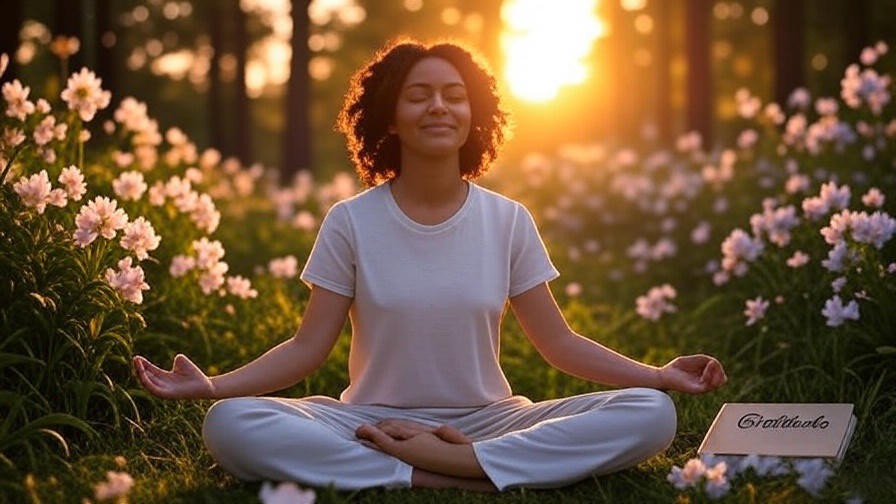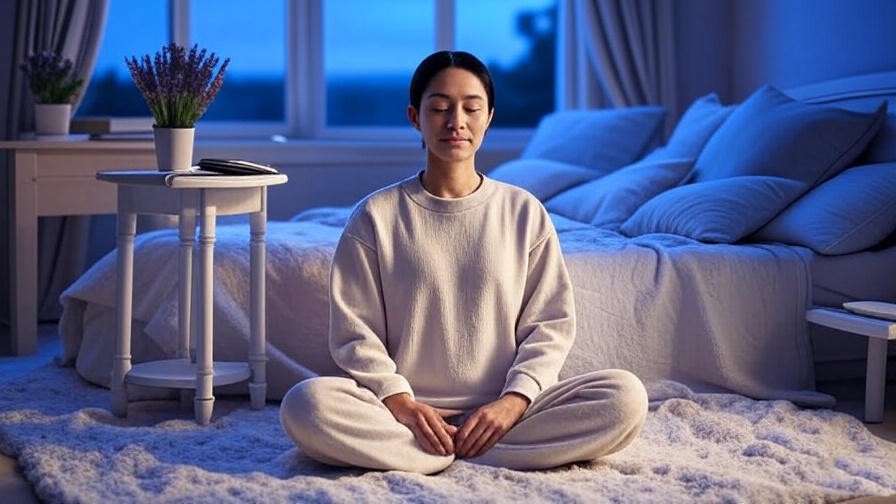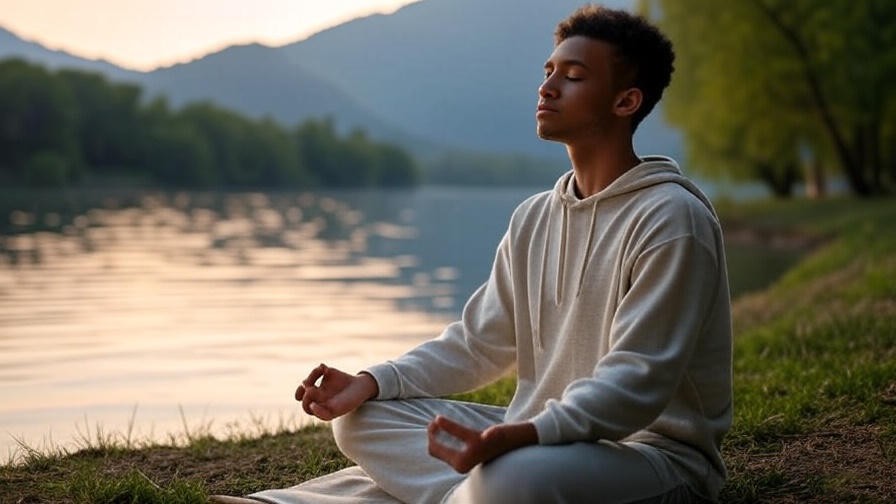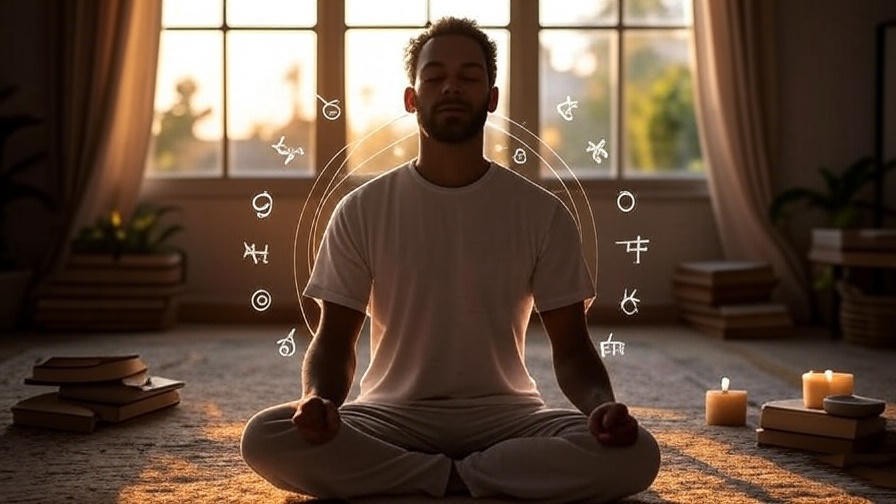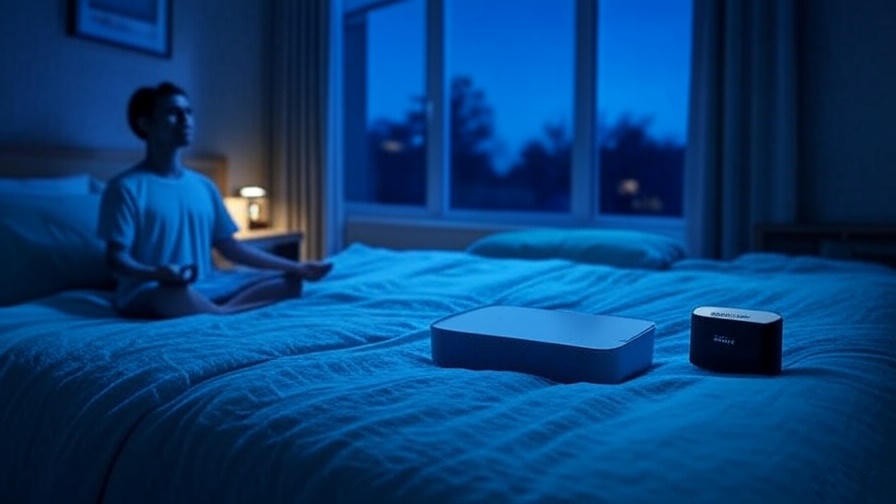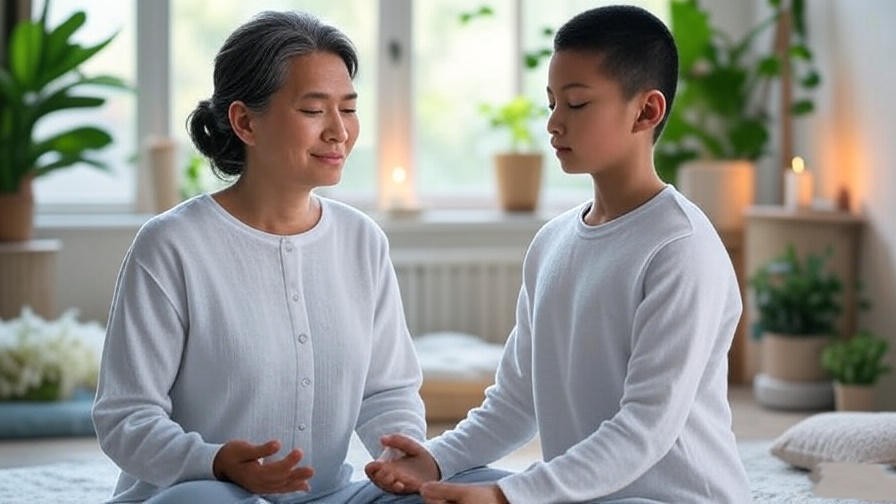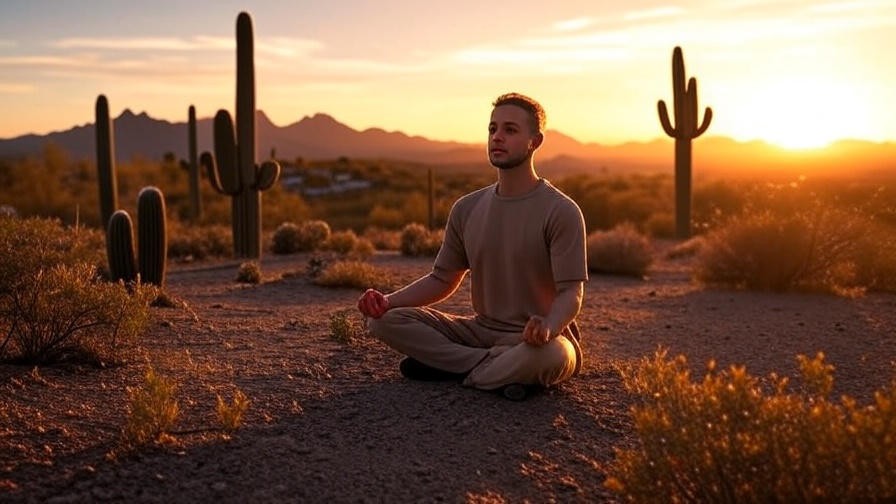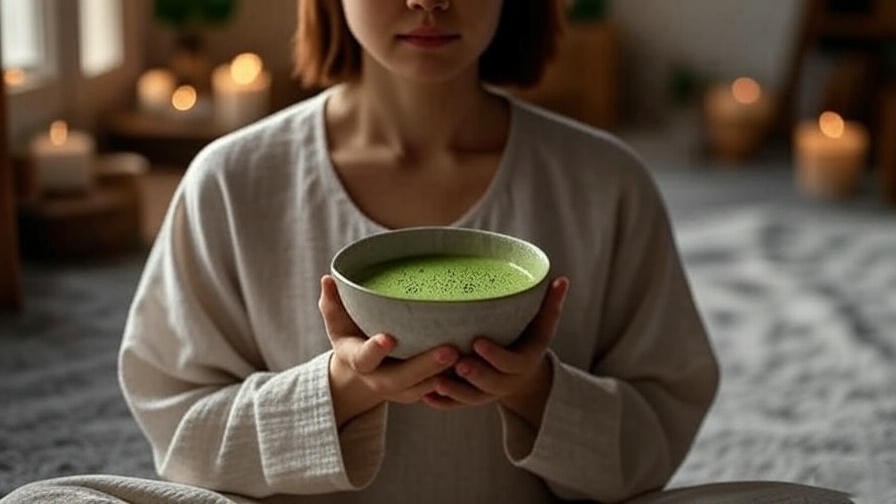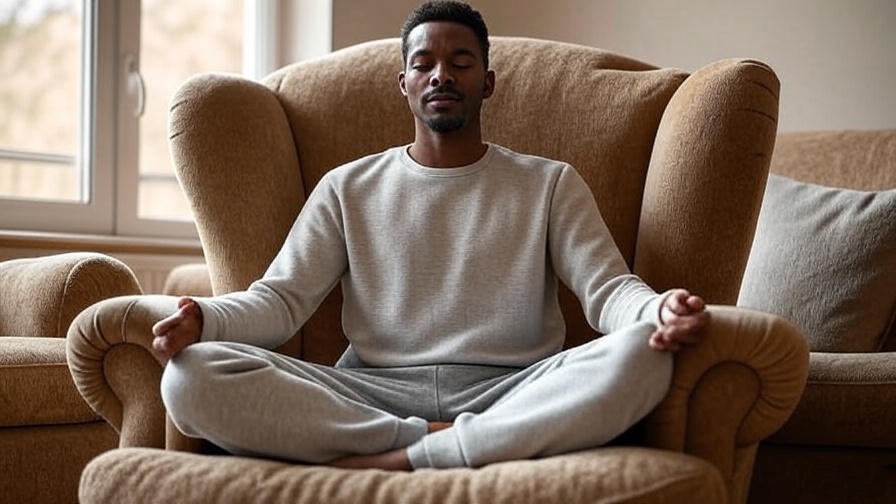Imagine waking up to a whirlwind of to-dos, your mind racing with worries before your feet even touch the floor. Sound familiar? In today’s fast-paced world, stress and overwhelm can feel like unwelcome companions. But what if a simple gratitude meditation script could shift your perspective, calm your mind, and set the tone for a happier, more peaceful day? Gratitude meditation, a powerful mindfulness practice, invites you to pause and appreciate life’s blessings, no matter how small. Backed by science, this practice can reduce stress, improve sleep, and boost emotional well-being. In this article, we’ll share a beginner-friendly gratitude meditation script, practical tips to weave it into your routine, and expert insights to help you unlock inner peace and happiness. Ready to transform your day? Let’s dive in.
What Is Gratitude Meditation and Why It Matters
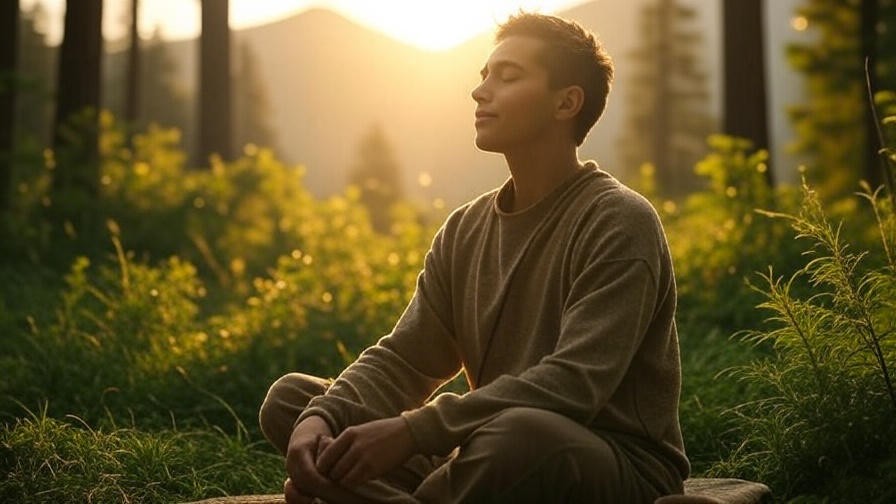
Defining Gratitude Meditation
Gratitude meditation is a mindfulness practice that centers on cultivating appreciation for the positive aspects of life—whether it’s a loved one’s smile, a warm cup of coffee, or a moment of quiet amidst chaos. Unlike general meditation, which may focus on breath or body awareness, gratitude meditation intentionally directs your attention to what you’re thankful for, fostering a sense of abundance and emotional resilience. This practice aligns perfectly with holistic well-being, complementing topics like sleep, mindfulness, and happiness.
The Science Behind Gratitude
Research underscores the transformative power of gratitude. A 2017 study published in the Journal of Positive Psychology found that gratitude practices can significantly reduce stress and improve mood by enhancing neural pathways associated with positivity. Harvard Medical School reports that gratitude boosts dopamine and serotonin, the brain’s “feel-good” chemicals, promoting emotional stability. Additionally, a 2015 study from the Greater Good Science Center linked gratitude to better sleep quality and reduced anxiety, making it a cornerstone of mental and physical health.
Who Can Benefit from Gratitude Meditation?
Gratitude meditation is for everyone—whether you’re a busy professional juggling deadlines, a parent navigating daily chaos, or someone seeking deeper contentment. No prior meditation experience is required, making it accessible to beginners and seasoned practitioners alike. If you’re exploring mindfulness to improve sleep, reduce stress, or enhance happiness, this practice offers a simple yet profound way to nurture holistic well-being.
Benefits of Practicing Gratitude Meditation
Emotional and Mental Health Benefits
Gratitude meditation is a game-changer for mental health. Studies, like one from the Journal of Clinical Psychology (2016), show it reduces symptoms of anxiety and depression by shifting focus from negative to positive thought patterns. Regular practice enhances self-esteem, fosters optimism, and improves emotional regulation. For those struggling with overwhelm, gratitude meditation provides a mental reset, helping you approach challenges with clarity and calm.
Physical Health Benefits
The benefits extend beyond the mind. Gratitude meditation can lower stress hormones like cortisol, which, according to a 2018 study in Psychosomatic Medicine, improves sleep quality and reduces insomnia. Better sleep aligns with the body’s natural rhythms, promoting overall health. Additionally, research from the American Heart Association (2020) suggests gratitude practices may lower blood pressure and support cardiovascular health by reducing stress-induced inflammation.
Social and Relational Benefits
Gratitude meditation fosters empathy and strengthens relationships. By reflecting on the kindness of others, you cultivate a deeper sense of connection, which can improve communication and trust. For example, appreciating a partner’s small gestures—like making dinner—can spark meaningful conversations and mutual gratitude. This practice also encourages kindness, creating a ripple effect in your social circles.
Expert Insight: Dr. Emma Seppälä, a leading mindfulness researcher, notes, “Gratitude meditation doesn’t just make you feel good—it rewires your brain to seek out positivity, transforming how you interact with the world.”
The Simple Gratitude Meditation Script
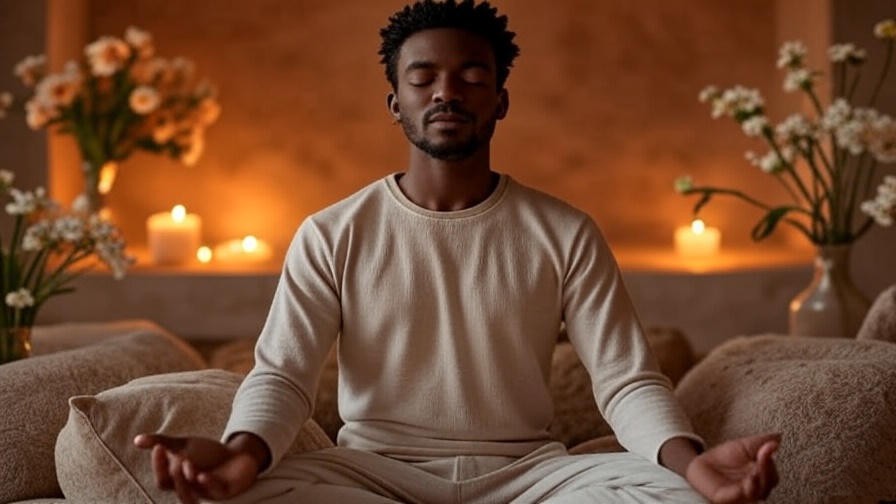
Preparing for Your Meditation
Before diving into the gratitude meditation script, set yourself up for success. Find a quiet space where you won’t be disturbed—perhaps a cozy corner of your home or a peaceful outdoor spot. Sit comfortably, whether on a chair, cushion, or floor, with your spine straight but relaxed. Optional tools like a candle, soft music, or essential oils can enhance the ambiance, but they’re not necessary. Morning is ideal for setting a positive tone, while evening practice promotes reflection and better sleep. Aim for 5–10 minutes to start, extending as you grow comfortable.
Step-by-Step Gratitude Meditation Script
This beginner-friendly script is designed to cultivate peace and appreciation in just 5–10 minutes. Follow these steps, reading slowly or recording yourself for a guided experience:
- Find Your Center: Sit comfortably and close your eyes. Take a deep breath in through your nose, feeling your belly expand, and exhale slowly through your mouth. Repeat for 3–5 breaths, noticing your body relax with each exhale. Let go of any tension in your shoulders, jaw, or hands.
- Reflect on Gratitude: Bring to mind three things you’re grateful for today. They can be simple—a warm meal, a kind word from a friend, or the beauty of a sunrise. Picture each one vividly, as if reliving the moment. Feel the warmth and joy these moments bring.
- Visualize Gratitude’s Light: Imagine a soft, golden light glowing in your heart, representing gratitude. With each breath, let this light spread through your chest, arms, and entire body, filling you with warmth and peace. Silently say, “I am thankful for this moment.”
- Acknowledge Challenges: Think of a recent challenge or difficulty. Instead of dwelling on the negative, find one small thing within it to be grateful for—perhaps a lesson learned or support received. This step builds resilience and shifts perspective.
- Close with Affirmation: Place your hands over your heart and silently repeat, “I am grateful for the abundance in my life.” Take a final deep breath, feeling grounded and refreshed. Slowly open your eyes and return to your day with renewed positivity.
Variations:
- Self-Gratitude: Focus on things you appreciate about yourself, like your resilience or creativity.
- Gratitude for Others: Reflect on loved ones or even strangers who’ve touched your life.
- Nature Gratitude: Visualize natural beauty, like a forest or ocean, to deepen your connection to the world.
Tips for Effective Practice
- Stay Focused: If your mind wanders, gently bring it back to your breath or gratitude focus. This is normal, especially for beginners.
- Journal Post-Meditation: Write down your three gratitude points to reinforce the practice and track your progress.
- Build Consistency: Start with 5 minutes daily, using a timer or app to stay on track. Over time, this habit will feel natural.
How to Integrate Gratitude Meditation into Your Daily Routine

Morning Gratitude Practice
Starting your day with gratitude meditation sets a positive tone. Try this 5-minute routine: After waking, sit quietly and follow the script above. Then, jot down three things you’re grateful for in a journal. This practice primes your mind for optimism, helping you approach challenges with confidence. For example, appreciating a good night’s sleep can boost your energy for the day ahead.
Evening Gratitude Practice
Evening gratitude meditation promotes reflection and better sleep. Before bed, spend 5–10 minutes following the script, focusing on moments from your day. This calms racing thoughts and reduces bedtime anxiety, aligning with holistic sleep hygiene. Research from Sleep Medicine Reviews (2019) shows gratitude practices improve sleep latency (time to fall asleep) by lowering stress.
Overcoming Common Challenges
New to meditation? You might face hurdles like lack of time or difficulty feeling grateful. Here’s how to overcome them:
- No Time? Try micro-meditations: 1–2 minutes of deep breathing and naming one thing you’re grateful for.
- Feeling Negative? Start small—appreciate basic needs like food or shelter, then build from there.
- Skeptical? Experiment for one week and track your mood. Studies show even brief gratitude practice yields measurable benefits.
Expert Tip: Mindfulness coach Sarah Johnson advises, “Consistency trumps perfection. Even a minute of gratitude daily can spark profound changes over time.”
Enhancing Your Gratitude Practice with Complementary Tools
Gratitude Journaling
Gratitude journaling amplifies the effects of your meditation by making your reflections tangible. After your session, write down three to five things you’re grateful for, noting why they matter. For example, instead of writing “I’m grateful for my friend,” expand to “I’m grateful for my friend’s supportive call today, which lifted my spirits.” This specificity deepens emotional impact. Sample prompts include:
- What made you smile today?
- Who or what brought you comfort or joy?
- What’s one thing you often take for granted?
Journaling reinforces neural pathways for positivity, as noted in a 2016 study in Frontiers in Psychology. Keep a dedicated notebook or use a digital app like Day One for convenience. This practice complements meditation, enhancing mental clarity and emotional resilience, which aligns with holistic well-being.
Guided Meditations and Apps
For those who prefer structure, guided gratitude meditations offer an accessible entry point. Apps like Calm and Headspace provide tailored sessions, often 5–15 minutes, led by soothing voices. Free resources, such as YouTube channels like The Honest Guys or Michael Sealey, offer high-quality guided gratitude meditations. For a personalized touch, explore Grok 3’s voice mode, available on the Grok iOS and Android apps, which can support mindfulness practices . These tools make it easy to stay consistent, especially for beginners seeking guided support to cultivate mindfulness.
Combining Gratitude with Other Mindfulness Practices
Gratitude meditation pairs beautifully with other mindfulness techniques to enhance holistic well-being. Try these combinations:
- Yoga: Follow your meditation with a 10-minute yoga flow, focusing on heart-opening poses like Camel or Bridge to amplify feelings of gratitude.
- Breathwork: Practice 4-7-8 breathing (inhale for 4, hold for 7, exhale for 8) before meditating to deepen relaxation.
- Affirmations: After meditation, repeat affirmations like “I am open to life’s blessings” to reinforce positivity.
For example, a morning routine might include 5 minutes of gratitude meditation, 5 minutes of breathwork, and a short yoga stretch. This synergy boosts mental and physical health, aligning with your website’s focus on sleep, meditation, and happiness.
Real-Life Stories: How Gratitude Meditation Changed Lives

Gratitude meditation isn’t just theory—it transforms lives. Consider Sarah, a 34-year-old teacher overwhelmed by work stress. She started a 5-minute gratitude practice each evening, reflecting on small moments like her students’ laughter or a quiet coffee break. Within two weeks, she reported better sleep and less anxiety, feeling more present in her classroom. Similarly, John, a 42-year-old father, used gratitude meditation to cope with parenting challenges. By focusing on his daughter’s hugs and shared family dinners, he found renewed patience and connection. These stories highlight gratitude’s power to shift perspectives, offering inspiration for readers to try the practice themselves. Share your own gratitude story in the comments below to join the conversation!
Frequently Asked Questions (FAQs)
How Long Does It Take to See Results from Gratitude Meditation?
Research, including a 2017 study in Psychological Science, shows benefits like improved mood and reduced stress can emerge within 1–2 weeks of daily practice. Consistency is key—start with 5 minutes daily and track changes in a journal. Over time, you may notice better emotional resilience and sleep quality, aligning with holistic wellness goals.
Can I Practice Gratitude Meditation if I’m Feeling Negative or Depressed?
Yes, even during tough times, gratitude meditation can help. It’s okay to start small—focus on basic comforts like a warm bed or a kind gesture. If negativity persists, try a modified approach: acknowledge one small positive moment, like a sunny day. Over time, this can gently shift your mindset, as supported by mindfulness experts like Jon Kabat-Zinn.
Do I Need Any Special Tools or Training to Start?
No tools or training are required. All you need is a quiet space and a few minutes. The script provided is beginner-friendly, and optional aids like candles or music are just bonuses. Apps or guided recordings can help, but the practice is inherently simple and accessible.
How Is Gratitude Meditation Different from Positive Affirmations?
While both promote positivity, gratitude meditation focuses on appreciating existing blessings, grounding you in the present. Affirmations involve stating positive intentions for the future, like “I am confident.” Combining them—meditating on gratitude, then affirming abundance—creates a powerful synergy for mental health.
Can Gratitude Meditation Improve My Sleep?
Yes, gratitude meditation reduces stress and anxiety, key barriers to restful sleep. A 2019 study in Sleep Medicine Reviews found that gratitude practices shorten sleep latency and improve sleep quality. Try the evening script to wind down and promote relaxation.
Conclusion
Gratitude meditation is a simple yet profound practice that can transform your day, fostering inner peace, happiness, and holistic well-being. With the beginner-friendly script provided, you can start cultivating gratitude in just 5 minutes a day. Backed by science, this practice reduces stress, improves sleep, and strengthens relationships, making it a perfect fit for anyone seeking mindfulness and emotional balance. Try the script today, journal your reflections, and notice how small moments of gratitude spark big changes. Explore more mindfulness and sleep tips on our website, and share your gratitude journey in the comments below!

